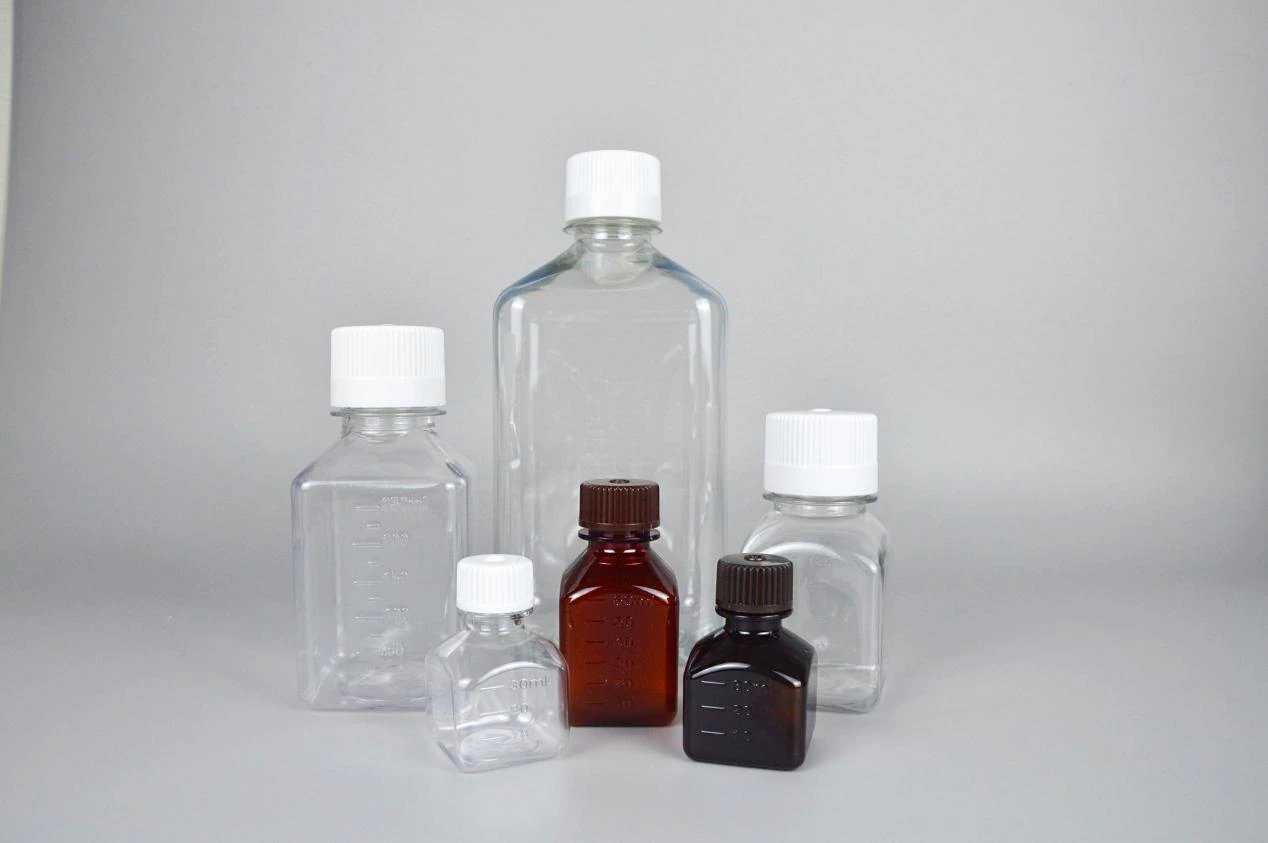sample tube types
Understanding Sample Tube Types An Essential Guide
In the realm of laboratory practices, sample tubes are indispensable tools that play a crucial role in the collection, transportation, and storage of biological samples. Various types of sample tubes are designed for specific applications, ensuring the integrity of samples for accurate testing and analysis. Understanding the different types of sample tubes available can help researchers and laboratory technicians make informed decisions on which tubes to use based on their requirements.
1. EDTA Tubes
One of the most commonly used sample tubes in hematology is the EDTA tube. These tubes contain ethylenediaminetetraacetic acid (EDTA), a powerful anticoagulant that prevents blood coagulation. EDTA tubes are primarily used for complete blood counts (CBC), blood smears, and other hematological studies. They are available in various sizes, commonly with lavender or purple caps, indicating their specific use case. By maintaining the efficacy of the sample without clotting, EDTA tubes ensure accurate hematological assessment.
2. Citrate Tubes
Citrate tubes, often characterized by their light blue caps, contain sodium citrate as an anticoagulant. These tubes are primarily used for coagulation studies, such as prothrombin time (PT) and activated partial thromboplastin time (aPTT). The unique feature of citrate tubes is their ability to maintain the sample's stability for coagulation assays. It is crucial to fill these tubes to the indicated line to ensure the correct blood-to-anticoagulant ratio, which is vital for reliable results.
3. Heparin Tubes
Heparin tubes contain heparin, another widely used anticoagulant, and are often marked with green caps. These tubes are used for a variety of tests, including chemistry tests and plasma assays. Heparin tubes have some advantages over EDTA and citrate tubes, especially when a plasma sample is required. The use of heparin prevents the sample from clotting while preserving the activity of certain analytes better than other anticoagulants might.
sample tube types

4. Serum Separator Tubes (SST)
Serum separator tubes, indicated by their gold or red and gray speckled caps, are designed specifically for obtaining serum samples. These tubes contain a gel that separates serum from blood cells during centrifugation. SSTs are widely used for a variety of tests, such as chemistry panels and serology tests, due to their efficiency in providing a clear serum sample without cellular contamination. The gel ensures that the serum remains separated, simplifying the extraction process for analysts.
5. Plasma Separator Tubes (PST)
Similar to SSTs, plasma separator tubes have a green and gray speckled cap and contain a gel that separates plasma from blood cells but are used in conjunction with heparin anticoagulant. PSTs are essential for tests that require plasma rather than serum. The use of a PST ensures that the plasma remains uncontaminated, making it an ideal choice for many urgent care and clinical laboratory assessments.
6. Specialized Tubes
In addition to the commonly used sample tubes, there are also specialized tubes designed for specific tests and sample types. For example, blood culture bottles are used for microbiology to detect infections in the bloodstream, while urine collection containers may be used for urinalysis. These specialty tubes often have specific requirements regarding volume and handling to ensure the reliability of results.
Conclusion
Selecting the appropriate sample tube type is vital for the reliability and accuracy of laboratory test results. Whether it's an EDTA tube for complete blood counts or a serum separator tube for biochemical analyses, each tube serves a unique purpose based on its design and contents. Understanding the differences among these tube types enables laboratory professionals to optimize their sample handling procedures, thereby improving the overall quality of diagnostic testing and patient care. As laboratory science continues to evolve, so too will the innovations in sample tube technology, further enhancing our capability to analyze and interpret biological samples accurately.
-
Aesthetic Makeup Spray Bottles | Fine Mist Empty RefillableNewsAug.19,2025
-
White Plastic Veterinary Vaccine Vials | Lab Liquid BottlesNewsAug.18,2025
-
Plastic Medicine Liquid Bottle: Secure Flip Top Drug VialsNewsAug.17,2025
-
Durable 250ml Blue Plastic Vaccine Vial for Lab & Vet UseNewsAug.16,2025
-
Sterile Virus Sample Tubes: Secure & Reliable Specimen CollectionNewsAug.15,2025
-
White 250ml Plastic Vaccine Vial for Lab & Vet MedicineNewsAug.14,2025
























